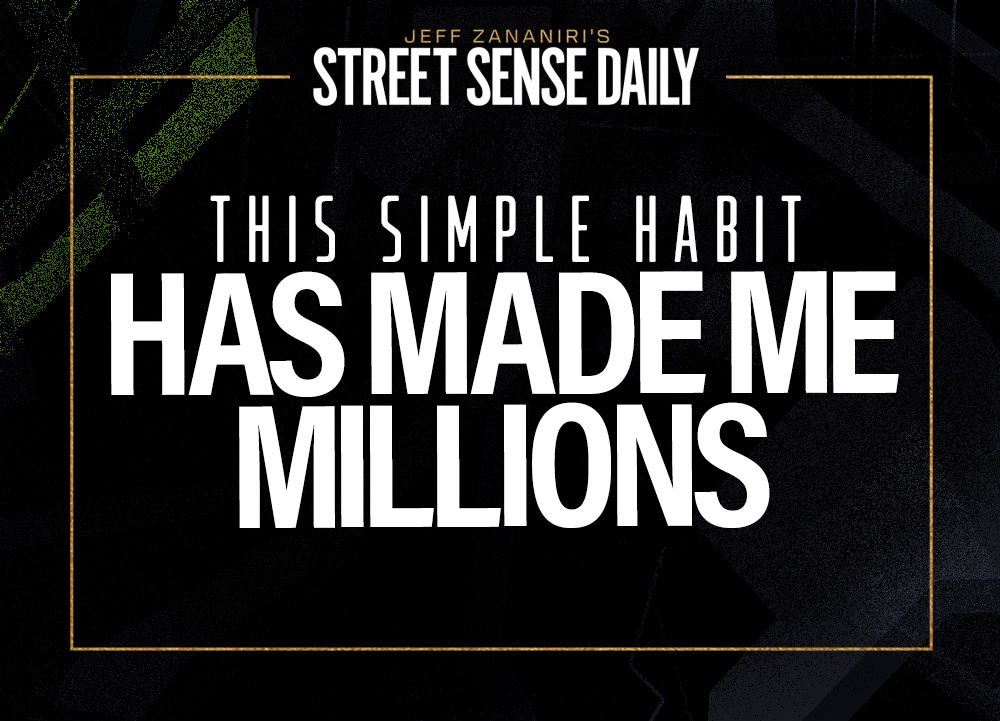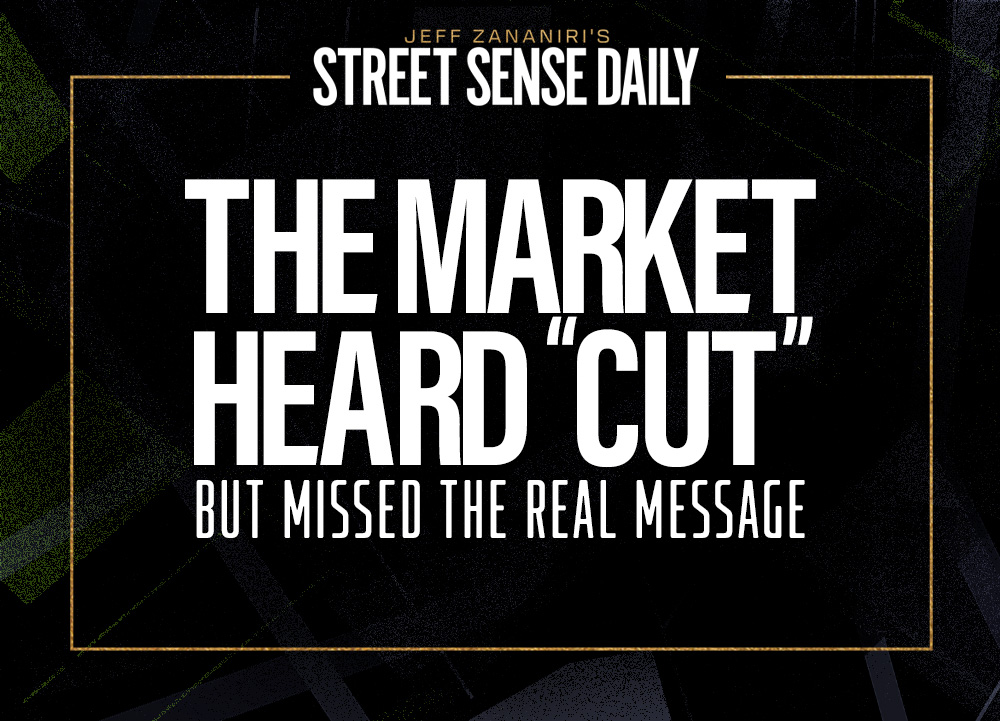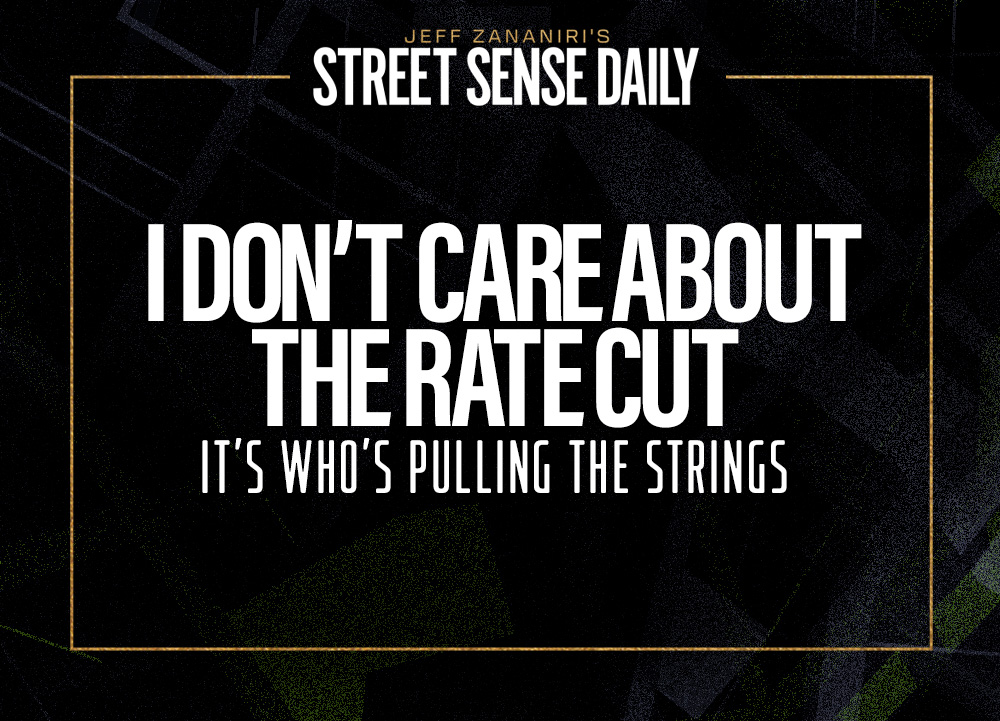Good morning, traders,
I can’t count the number of times — especially earlier in my career — that I’ve been in a trade that felt like it couldn’t lose … until it did.
I had calls in hand, stock ripping higher, everything was clicking, and then …
Bam!
It hit some invisible wall and rolled over so fast it made my head spin.
Or, here’s another example: Maybe I was hunting for a bounce on a pullback.
I got in, thinking I timed it just right, only to watch the stock keep bleeding out while I was stuck holding the bag.
I didn’t get unlucky.
I just ran into a key price level that I didn’t see coming.
These levels aren’t random. They’re the battlegrounds where buyers and sellers have already gone to war, and where they’re likely to fight again.
If you ignore them, you’re flying blind. But if you can spot them ahead of time, you’re trading with real edge.
Being able to spot key levels is one of the biggest reasons I’ve been able to pull 10 straight years of profitable trading across bull markets, bear markets, Fed chaos, you name it.
So, what should you be looking for?
These are the three types of key price levels that have made me (and my students) a lot of money over time.
1. Historical Support & Resistance
First thing I do with any chart is to zoom out.
I want to see where the stock has consistently stalled or bounced in the past.
If it keeps hitting $35 per share and backing off, that’s resistance. If it keeps dropping to $28 and ripping higher, that’s support.
It doesn’t have to be an exact number.
Think zones. Think muscle memory.
These are the prices where big money has made moves before — and trust me, they remember.
If a stock has bounced at $42 four times in the past six months, there’s no reason you shouldn’t expect it to bounce there again.
2. Big Round Numbers
Traders are human. They like clean numbers: $20, $50, $100.
You’ll see action cluster around these levels all the time.
When a stock’s grinding toward $100, a bunch of traders are going to ring the register right there. That’s resistance.
On the way down, $100 might be the line in the sand where buyers start stepping in.
These round numbers carry weight, not because of any technical voodoo, but because they’re where human behavior gets predictable.
Start watching for them. You’ll notice just how often stocks bounce or reject around these big handles.
3. Intraday Levels
If you’re day trading, you can’t afford to ignore these:
- High of Day (HOD) – Break this, and FOMO traders flood in.
- Low of Day (LOD) – Crack this, and the panic kicks in.
- Opening Price – This tells you who’s in control. Above it, bulls are winning. Below it, bears are pressing.
These levels move fast, but they give you real-time information on who’s in charge.
You can use them to tighten entries, time exits, and avoid chasing the wrong move at the wrong moment.
Take a Deep Breath
None of this is complicated.
But if you skip this part of the game, you’re toast.
Master it, and the market gets a lot easier to read. Suddenly, you’re not reacting, you’re anticipating.
And that, my friends, is where the money is.
Stay sharp,
Jeff Zananiri
P.S. Today at noon ET, Caleb Horst will talk about the fastest-growing opportunities in the market right now:
These contracts move like lightning and hit big. Learn to trade them the right way.
👉 [Save your seat now — before space fills up.]



